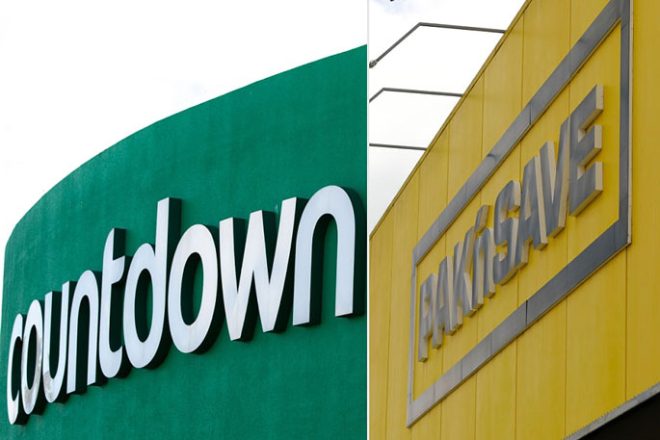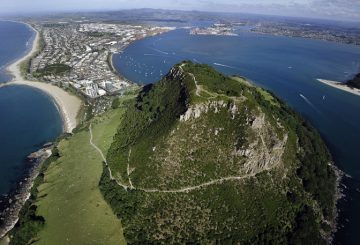Mula Setyembre 1, ang mga pangunahing kadena ng supermarket sa New Zealand ay haharap sa multa hanggang sa $3 milyon kung tinatrato nila ang mga maliliit na supplier nang hindi makatarungan. Ang hakbang na ito ay sumusunod sa isang ulat ng Commerce Commission na nagpakita ng mataas na presyo ng retail grocery sa bansa at kakulangan ng kumpetisyon sa industriya na $22 bilyon.
Mga pangunahing detalye:
- Ang mga natuklasan ng komisyon ay nagpapahiwatig ng mga presyo ng grocery ng New Zealand at ang kakayahang kumita ng mga pangunahing nagtitingi ay mataas kumpara sa mga pandaigdigang pamantayan.
- Ang sektor ng pagkain at grocery ay pangunahing kinokontrol ng Mga Pagkain (New World, Pak’nSave, at Four Square chain) at Woolworths Group (Countdown, Fresh Choice at Super Value chain), na magkakasamang nagkakaloob ng 80% ng merkado.
- Ipinakilala ng gobyerno ang mga hakbang, kabilang ang isang ipinag-uutos na code ng pag-uugali at mga batas upang maiwasan ang mga supermarket mula sa paghihigpit sa pag-access ng kakumpitensya sa lupa.
- Ang code ay nag-uutos sa mga supermarket na kumilos nang may mabuting pananampalataya sa mga supplier, tinitiyak ang napapanahong pagbabayad at malinaw na mga kontrata. Ipinagbabawal nito ang mga pagbabago sa kontrata ng retrospective
- mga parusa para sa paglabag sa code ay maaaring umabot sa $3 milyon o 3% ng paglilipat ng tungkulin para sa mga supermarket. Ang mga indibidwal ay maaaring magmulta sa pagitan ng $200,000 at hanggang sa $500,000
- Ang code ay magiging ganap na epektibo sa anim na buwan, kasama ang parehong mga nagtitingi at supplier na inaasahang makipag-ayos sa ilalim ng mga probisyon nito.
- Kasama sa mga benepisyo sa mga mamimili ang potensyal na mas mababang presyo, nadagdagan ang saklaw ng produkto, at higit pang pagpipilian. Gayunpaman, ang mga presyo ay maaaring hindi bumalik sa mga nakaraang antas
- Ang mga paglabag sa code ay susubaybayan ng Komisyoner ng Grocery, Pierre van Heerden, na may mga kapangyarihan upang humiling ng impormasyon mula sa parehong mga supplier at supermarket.
.
Ang
.
.
Hinihikayat ng komisyoner ang mga supplier na mag-ulat ng anumang mga problema, ginagarantiyahan ang kanilang pagkawala ng lagda. Ang tunay na layunin ay upang mapahusay ang kumpetisyon at pagkamakatarungan sa industriya, na nakikinabang sa parehong mga supplier at consumer
.





























































